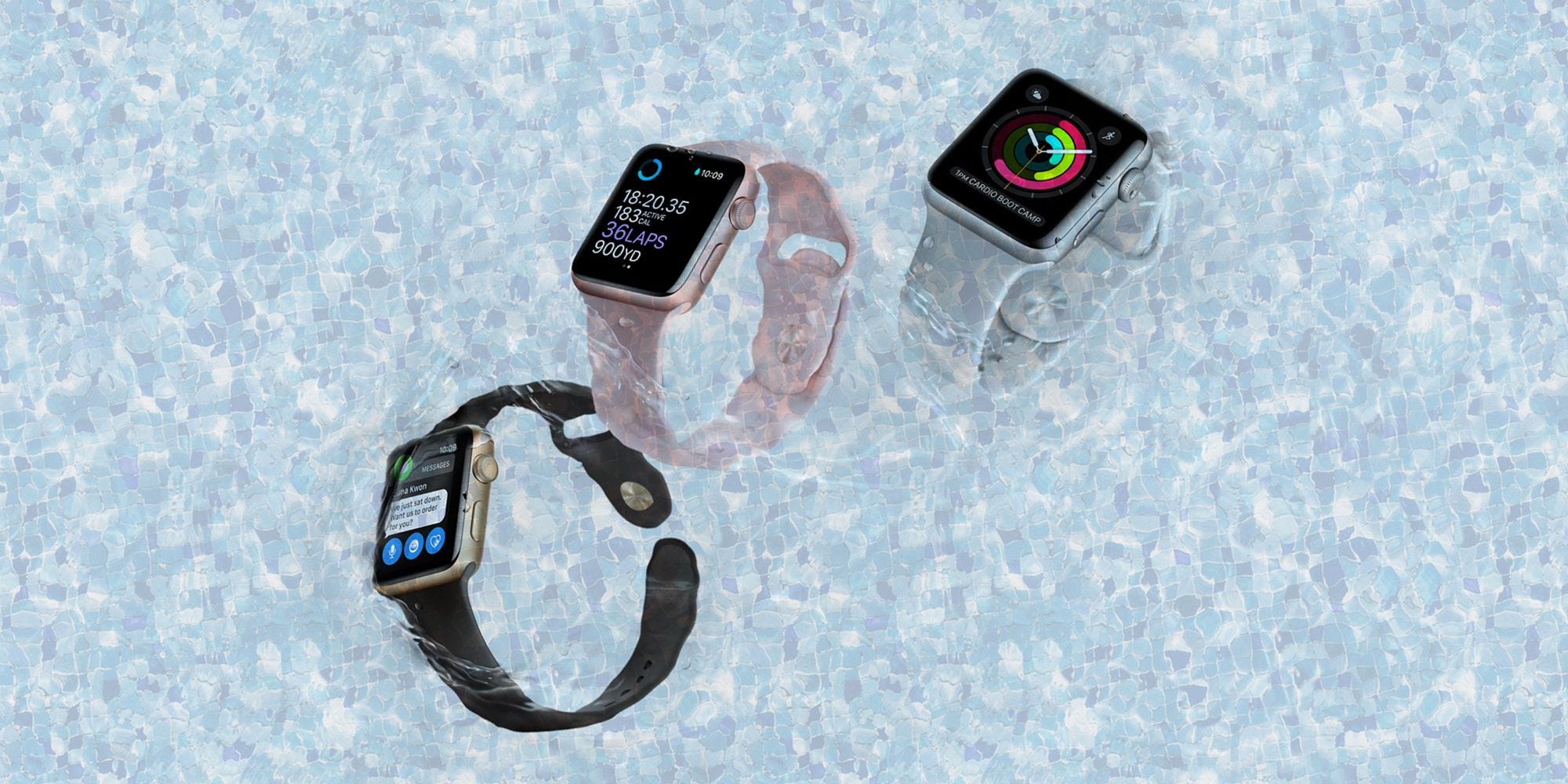Is Your Apple Watch Waterproof? What You Need To Know
People who rarely take their Apple Watch off will eventually get their gadget wet. Here's guidance about the device's protection level against water.
Smartwatches that are waterproof are a great investment for those who use them for sports, and those who've bought an Apple Watch may have done so expecting to get the important feature. What some people might not know is there is a valuable difference between a watch that's waterproof and a timepiece that's water-resistant. While the Apple Watch may have certain functions that allow users to wear it in water, there are certain limitations.
The Apple Watch may be worn in the rain, while sweating during a workout, or when washing hands. It also has a 'Water Lock' feature that ejects water that enters the watch mechanism with a simple button push and crown rotation. However, it is not recommended to use the Apple Watch during rigorous water activities and while handling certain liquids with potentially harmful chemicals, like soap or sunscreen.
Related: What Is The Digital Crown On An Apple Watch & What Does It Do?
According to Apple, the Apple Watch is not waterproof, but many versions are water-resistant to varying degrees. For instance, while exposure to rain is generally acceptable and won't break the inner workings of the Apple Watch, those who intend to use the device for different types and depths of swimming activities need to pay closer attention to the water resistance rating of their model. The Apple Watch Series 2 and newer models have a water resistance rating of 50 meters and may be used while swimming in the shallower parts of a pool or the ocean. In contrast, even though the first-generation Apple Watch and Apple Watch Series 1 are splash and water-resistant with a rating of IPX7-which means they can withstand up to 1 meter of water for up to 30 minutes-Apple doesn't recommend submerging these models in water at all. Additionally, the Apple Watch Series 2 and newer are also not recommended for use while doing high-velocity water sports or submersion below shallow depths.
Apple Watch Water Resistance, Explained
Water-resistant gadgets are usually safe to use with minimal water exposure, and similar limitations apply to using the Apple Watch while taking a shower. Users who have pre-Apple Watch Series 2 models are discouraged from showering while wearing their devices, and those who own newer versions should be fine to do so. However, all Apple Watch wearers are advised not to expose their smartwatches to elements that might negatively affect the water seals and acoustic membranes.
Water-resistance is also not a feature Apple Watches retain throughout their lifespan-this protection diminishes over time and certain events can even hasten the process. For example, regular exposure to bath products, skin products, cleaning solutions, and even acidic foods can affect an Apple Watch's resistance. High-velocity impacts on the device- certain water sports like water skiing, or dropping it from a height-can also cause water resistance to dwindle. Wearing the Apple Watch in the sauna or steam room should also be avoided. All these instances can cause serious and potentially irreversible issues to the internal makeup of the watch which cannot be rechecked or resealed.
To ensure that the Apple Watch's resistance to water is prolonged as long as possible, make a habit out of cleaning the device after every workout, especially when there is lots of sweat exposure. Make use of the 'Water Lock' feature and drain the watch when applicable. Regularly clean it using only fresh water and rinse the watch when it comes into contact with any other type of liquid or substance. Thoroughly drying the Apple Watch using a non-abrasive and lint-free cloth and not using heat, compressed air, and the like can also help to lengthen the timepiece's lifespan.





Post a Comment